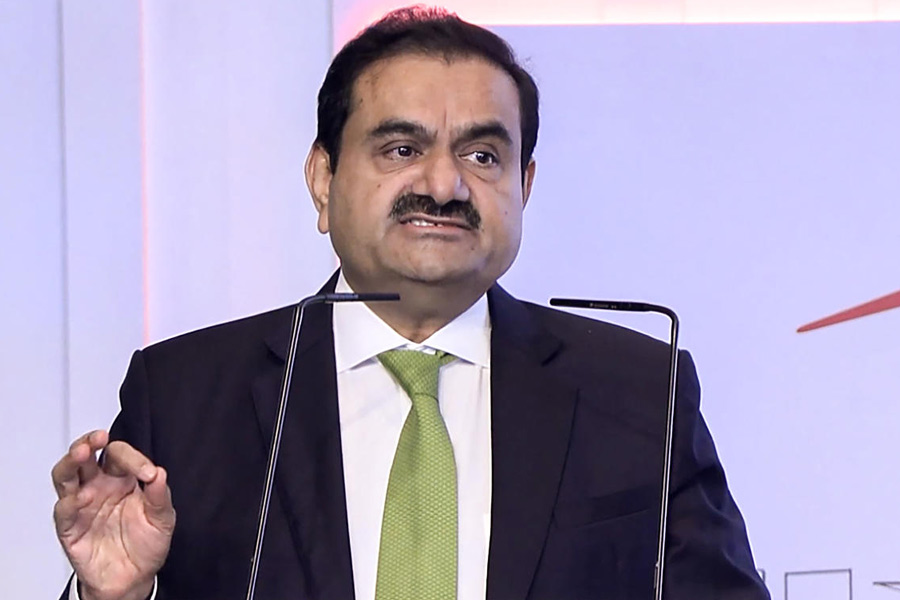Apathy towards the environment is not a recent phenomenon. Every year, countries huddle together under the banner of the United Nations Framework Convention on Climate Change-Conference of the Parties meetings with an overarching aim of sealing negotiations on controlling emission levels. And yet, over the years, the constant rise in greenhouse gas emissions has created a deep dent in the global environmental and also the larger development cooperation milieu. The deadline to ‘adopt an implementation strategy’, set during the time of the Paris Agreement, in the form of COP24, ended mid-December. However, the role of sub-State and non-State actors in the context of the hybrid international climate change narrative needs to be recognized properly in the long run.
Bilateral and multilateral initiatives by regional blocs and between different countries certainly help in meeting climate targets; nevertheless, the action undertaken by subnational governments, civil society, NGOs and big banner corporations has the potential to considerably enhance national efforts in closing the ‘much talked about carbon emissions gap’. A ‘bottom-up’ approach is best suited to bridge this gap, whereby certain unstructured initiatives by non-State actors, free of any bureaucratic procedures, turn out to be effective. These initiatives facilitate the analysis of the climate change challenge constructively at the national level.
For example, India’s nationally determined contributions were shaped with the help of extensive discussions with the private sector and sub-national entities. The latter play a major role in climate change mitigation which can take varied forms, such as individual actions by certain municipalities, business organizations or regional groups; collective actions mainly consisting of a network of non-State actors like C40 Cities Climate Leadership Group or the Under2 Coalition; and cooperative actions wherein several of these actors — whether a sub-national entity or the national government — join hands for a common goal. Climate change is such an issue that no sector of an economy can remain unscathed. It is different from other issues, such as the migration crisis or trade wars. Since every sector is equally affected by climate change, non-State and sub-national actors have an even greater responsibility to make efforts to reduce emissions.
Add to this the discourse on development cooperation (not development assistance). The concept of development cooperation is a recent one, and is gradually going beyond the traditional boundaries of the donor-recipient relationship. In the larger discourse on climate change, development cooperation is one of the key drivers; the other being the potential role played by the sub-national actors. The growing agitation around development diplomacy is governed by two factors. First, the aid provided by traditional donors came along with diktats and laws to be followed by the recipient states. Second is the rise of the developing countries, with both the national governments and non-State actors from South Asia stirring the negotiation table at UN conferences and other international groupings.
The emerging economies or the rule-takers of the global south, such as India and China, are quietly fulfilling their role as donors in specific regions, such as in Africa. This has, of course, not gone unnoticed or uncriticized by the traditional donors or the rule-makers.
Hence, collective action undertaken together by traditional actors, including the State, and sub-national and non-State actors is the key to not only breaking the hegemony of the conventional donors but also setting a new paradigm for climate change mitigation, reducing global poverty and inequality, thus meeting the sustainable development goals. Collective action for the environment at the state level is possible if corporations are given opportunities for exchanging knowledge and spreading innovations internationally.













